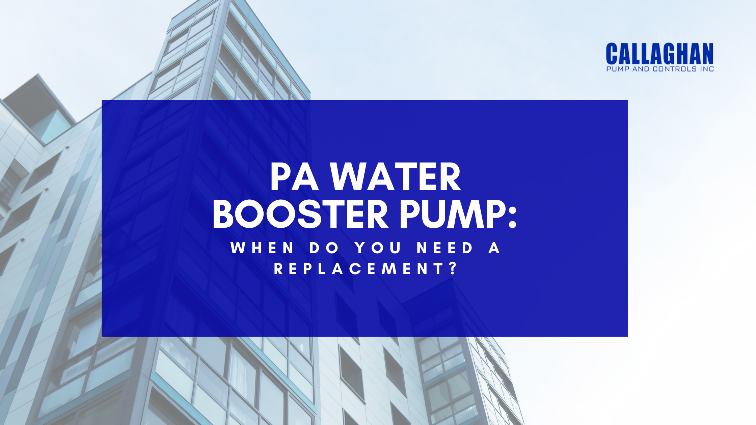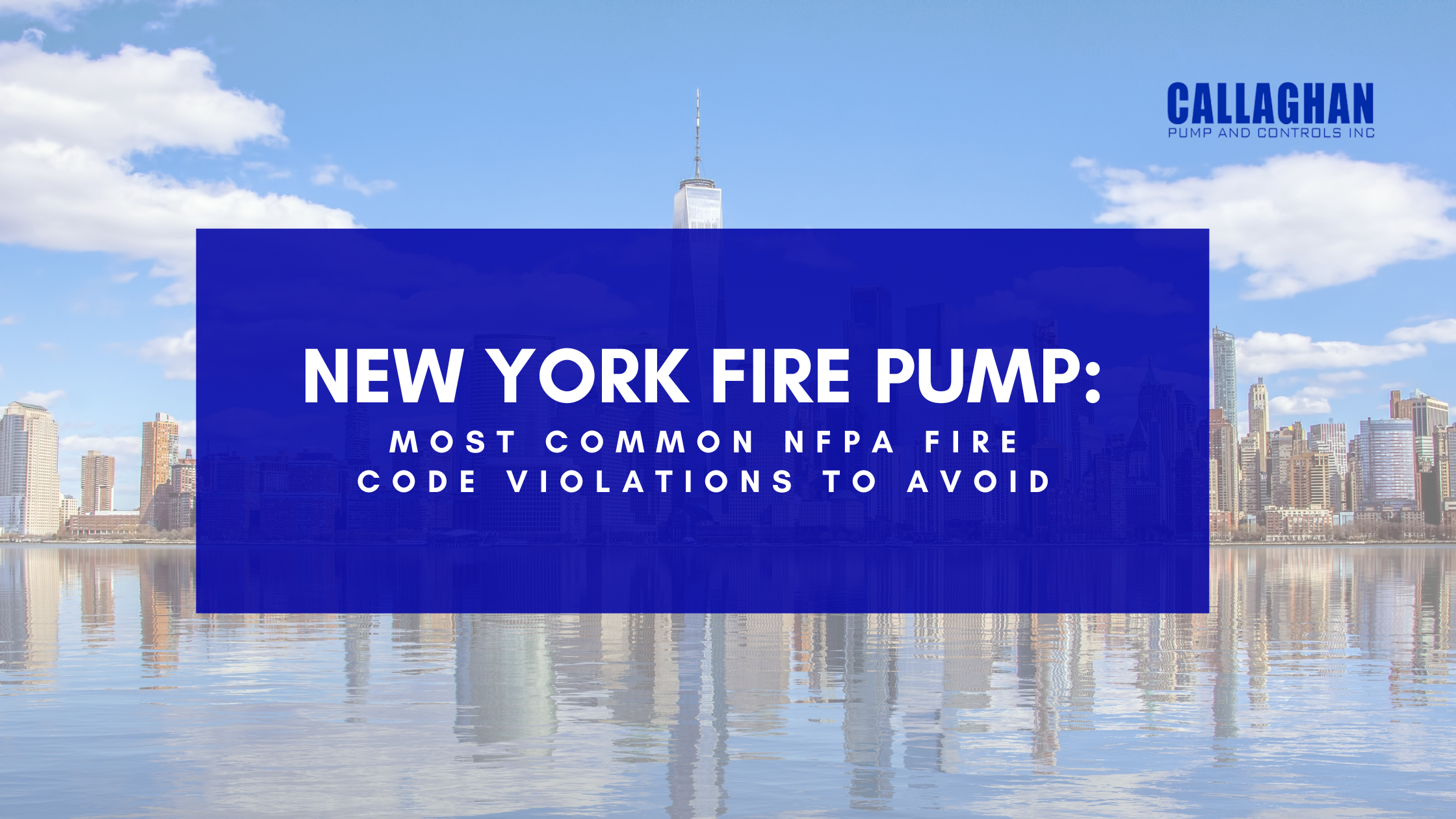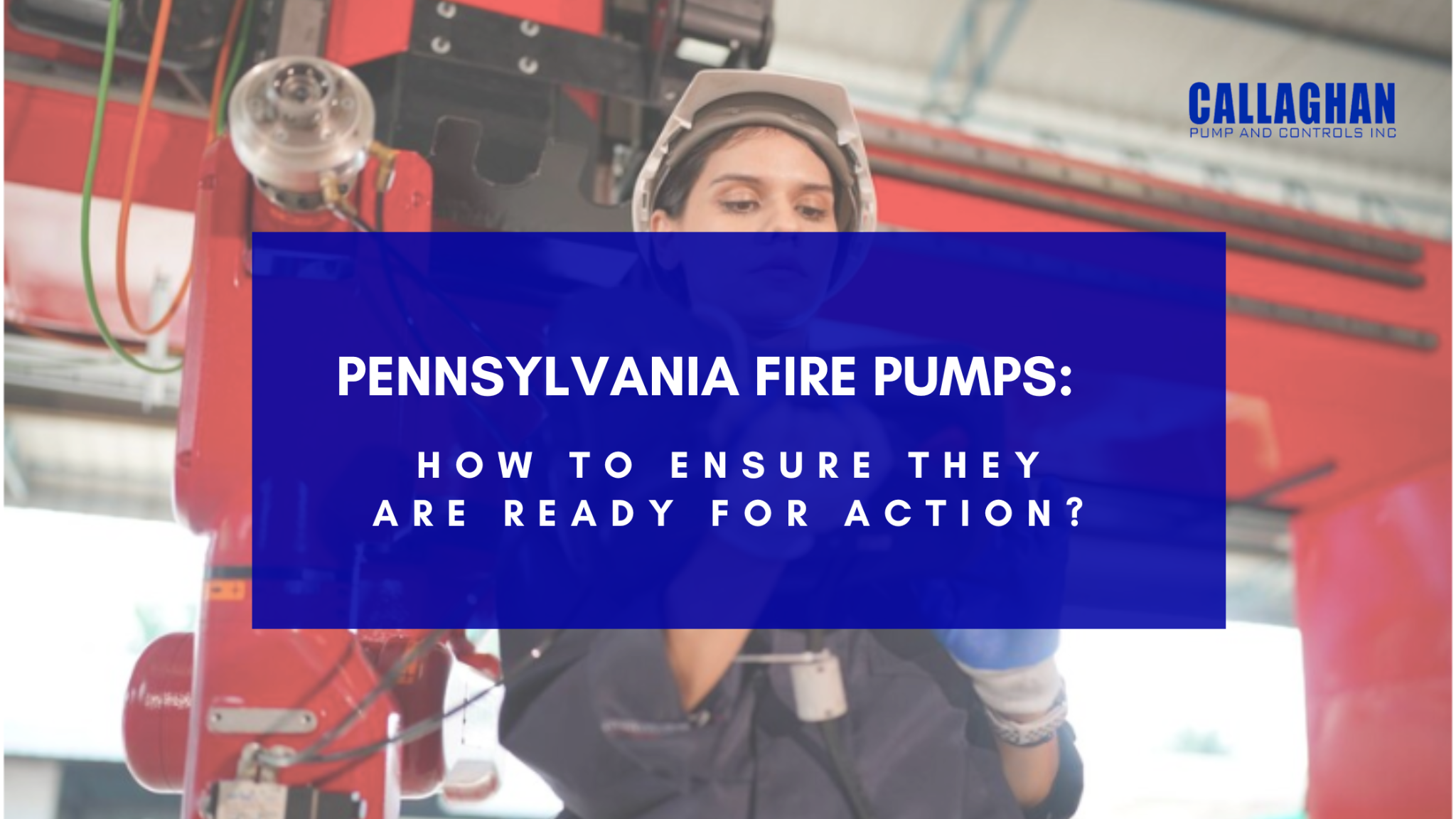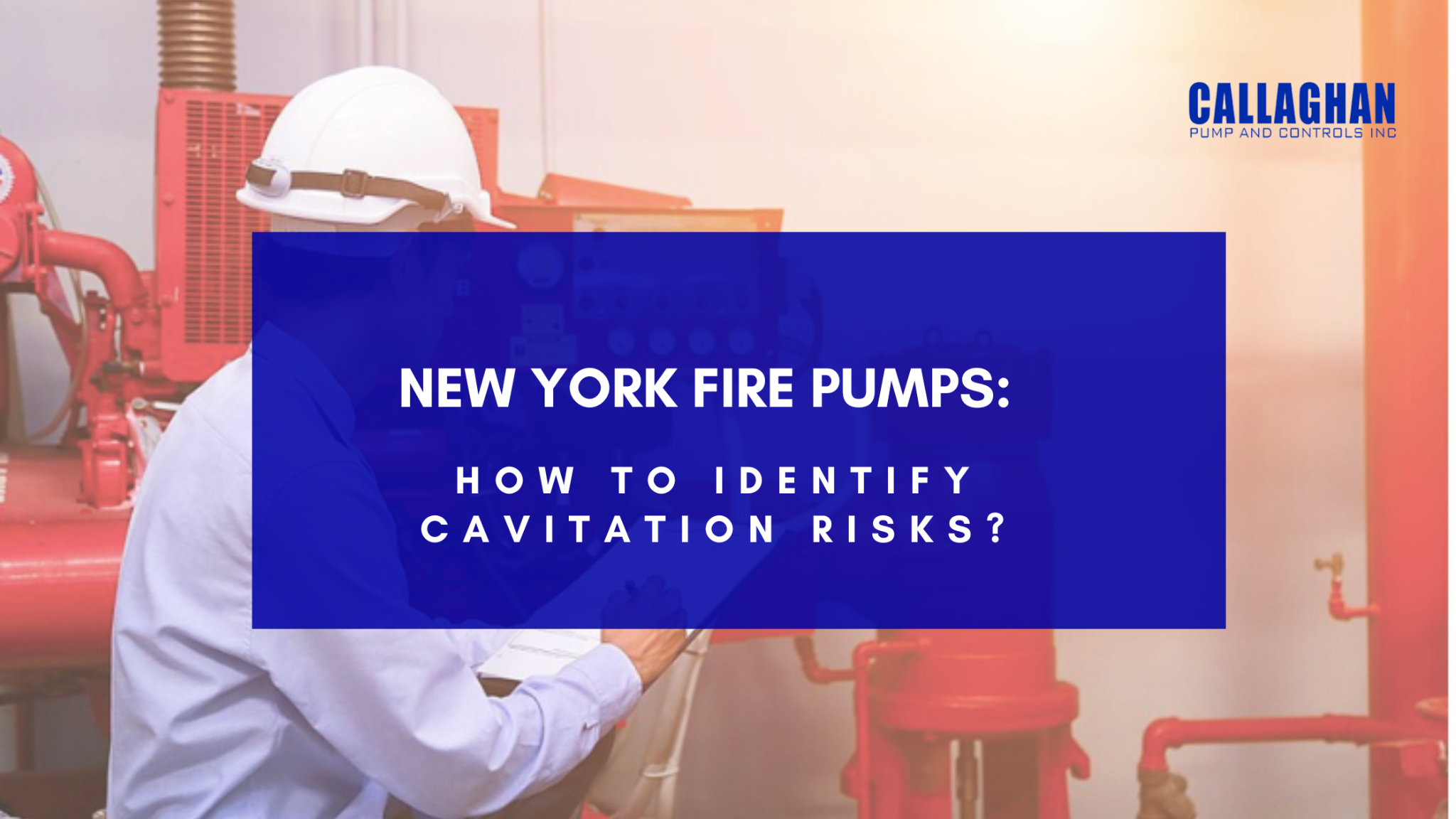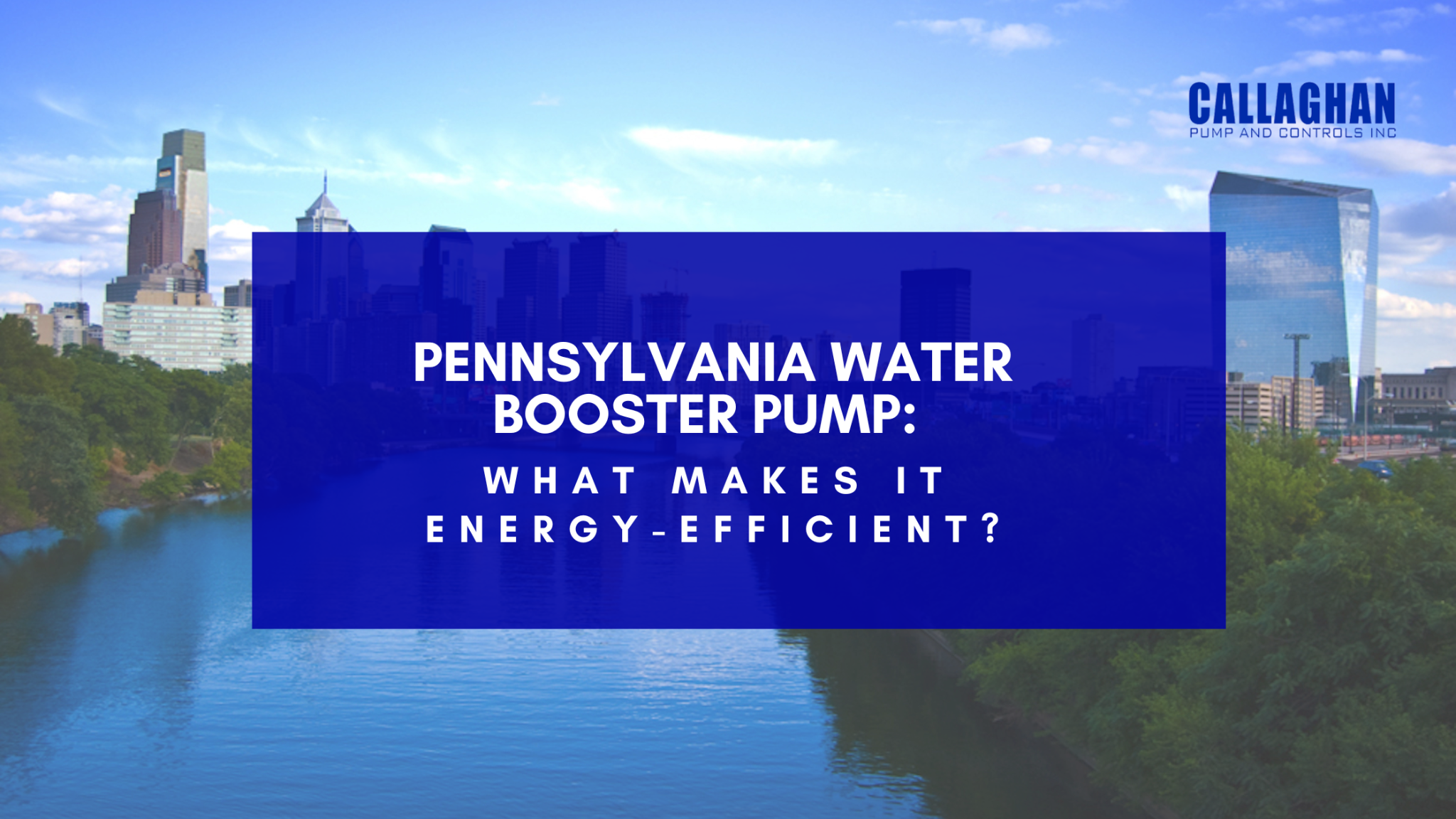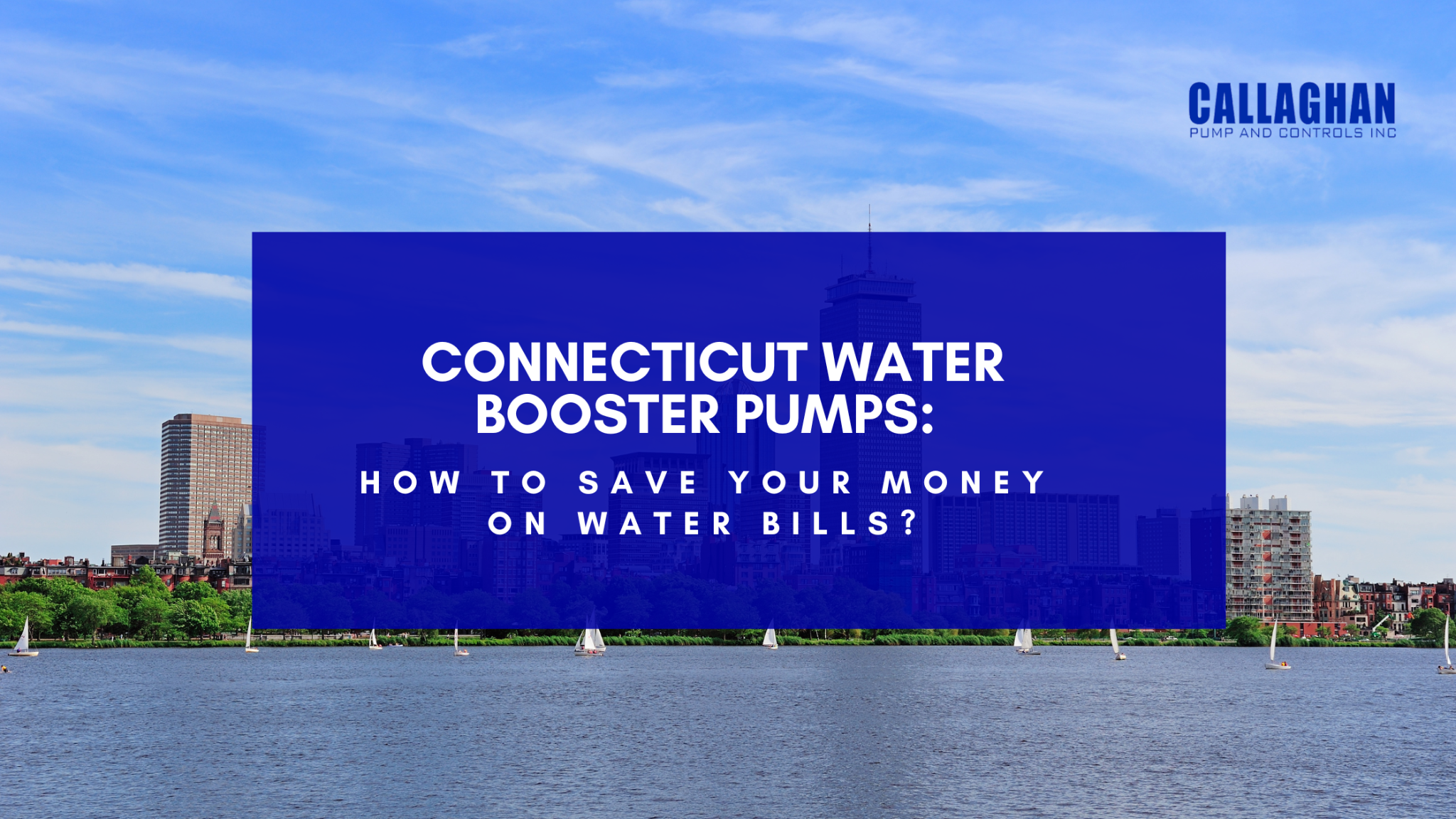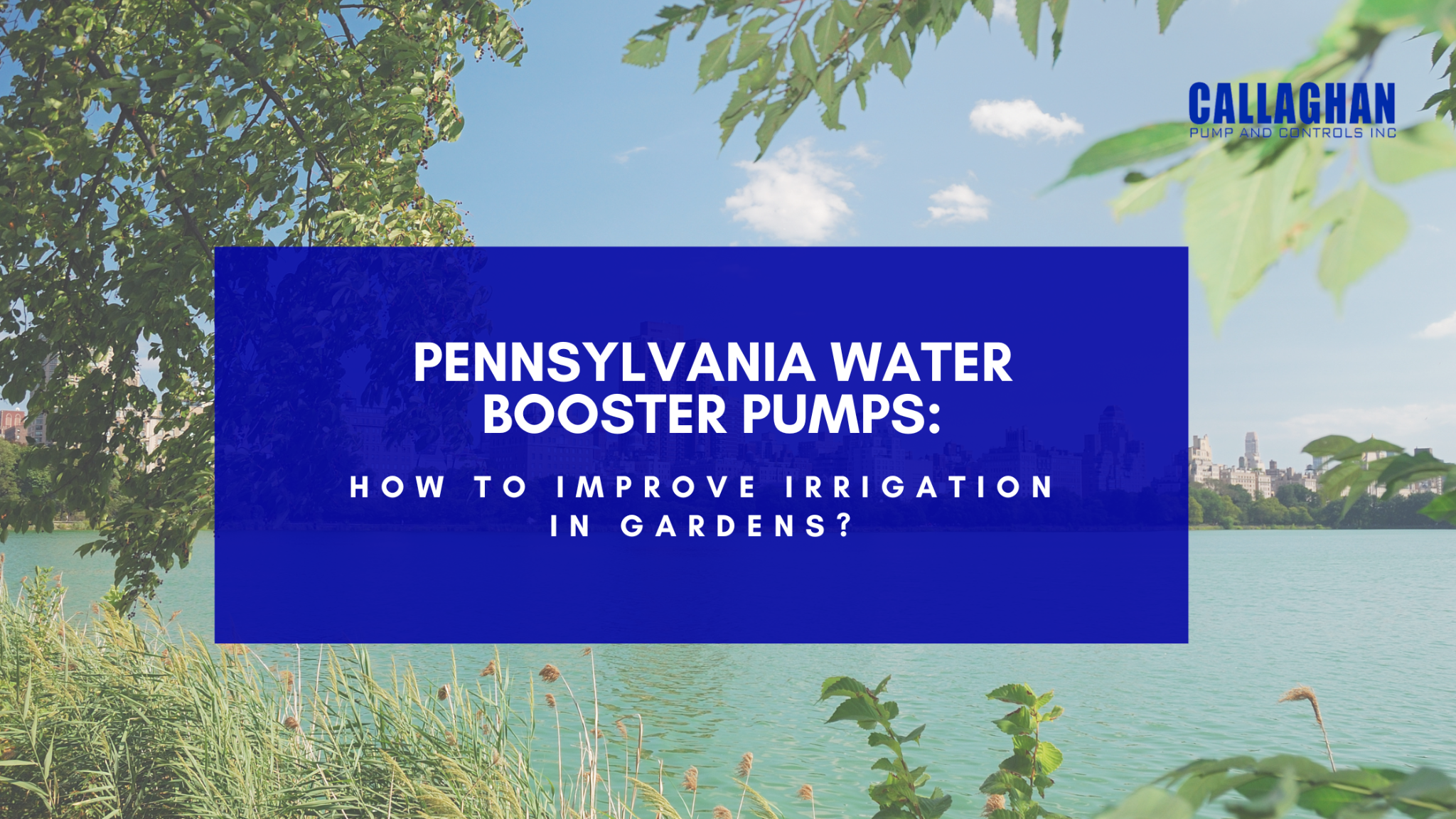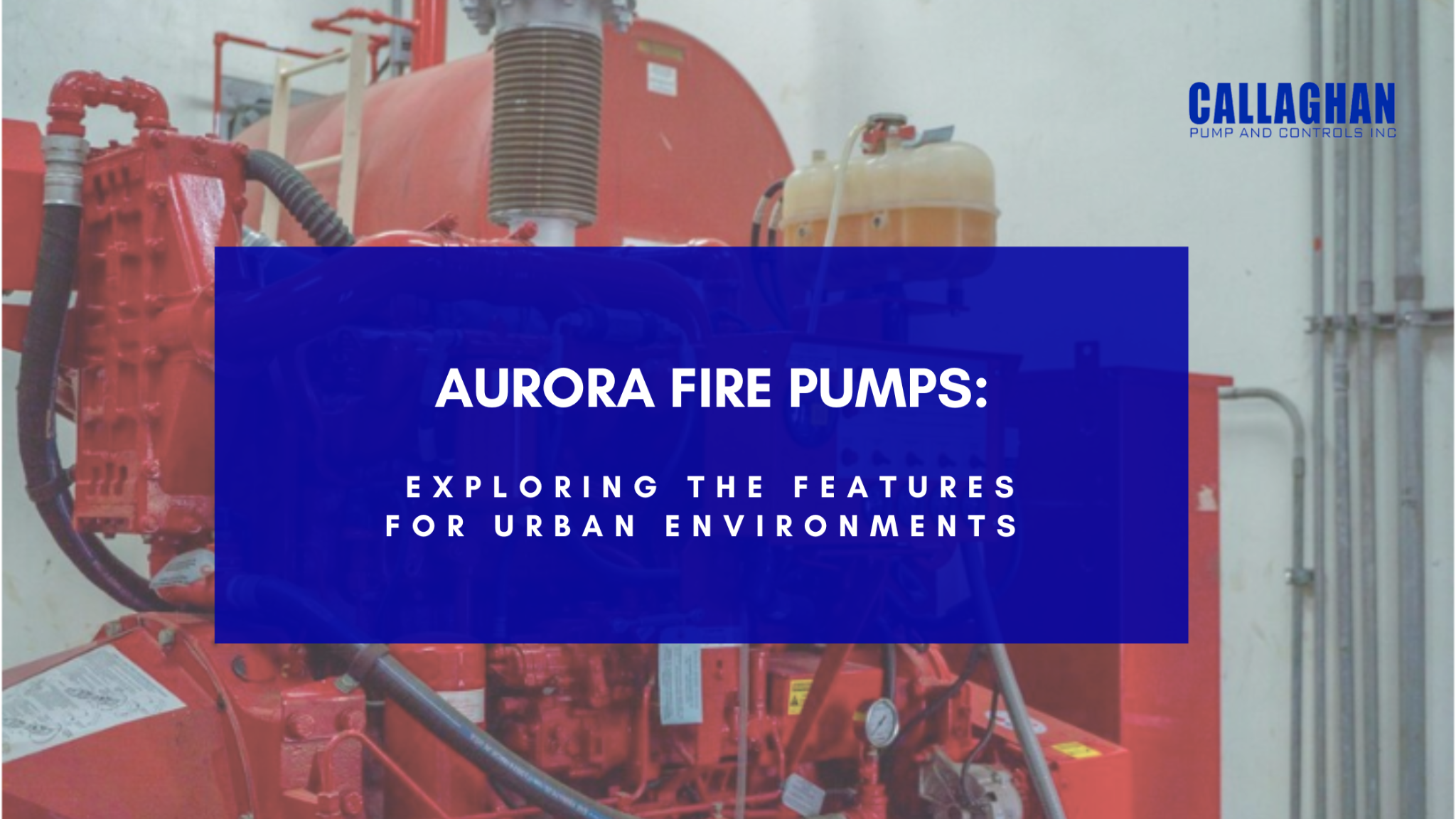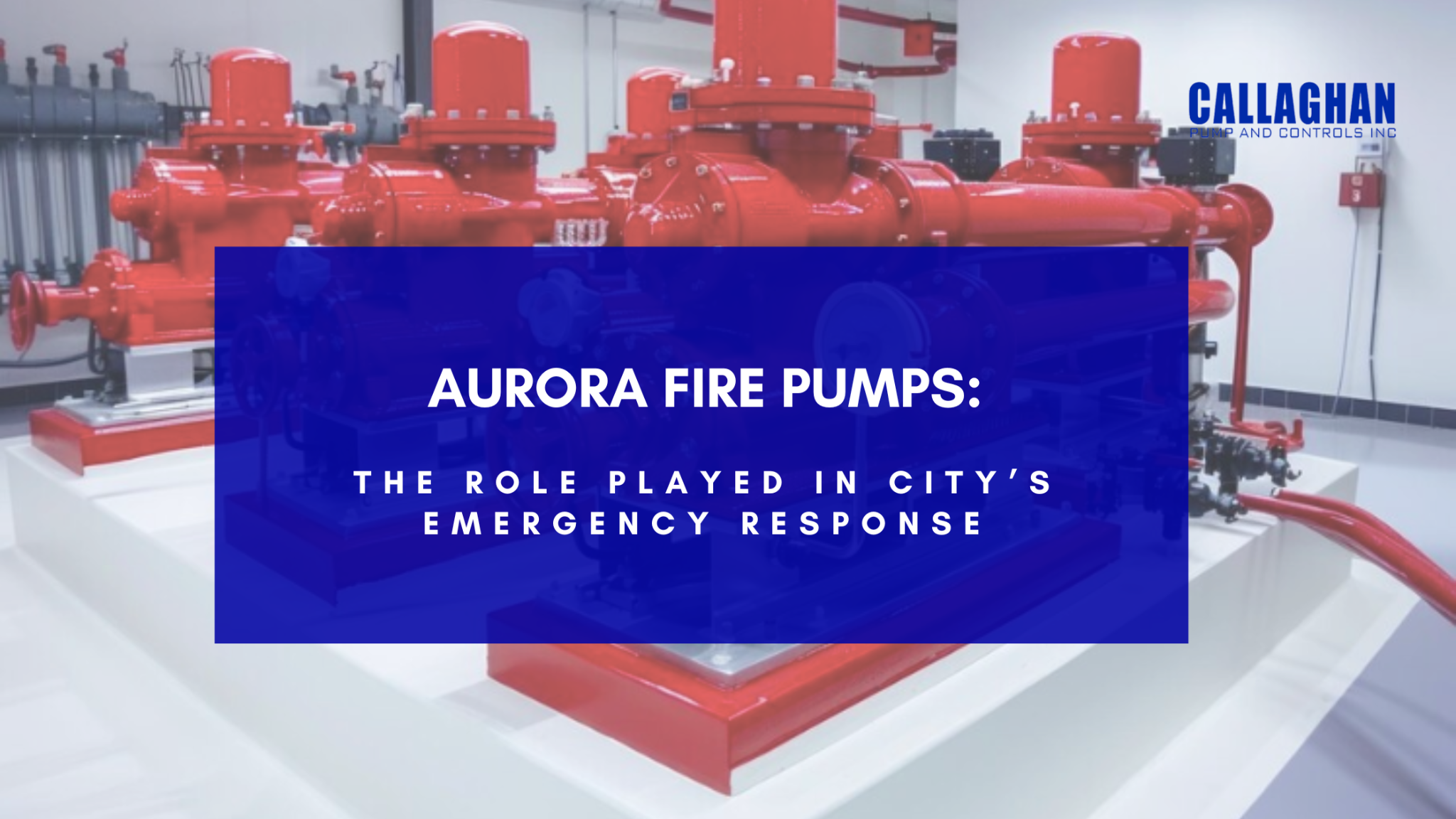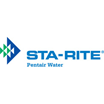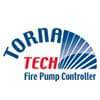Whether you want to boost water pressure in your home, office, or industrial facility, water booster pumps can help ensure a consistent water supply. They are somewhat the unsung heroes of your water supply system. However, like every other machinery, they aren’t built to last forever. As time passes, they may wear and tear. So, how will you know when to replace your existing pump with a brand-new PA water booster pump? Let’s find out!
Sign 1: Inconsistent Water Pressure and Supply
Perhaps one of the most obvious signs that your booster pump is failing is a fluctuation in water pressure. When you notice a split in output, such as faucets and showers sputtering unpredictably, it may indicate that the pump can’t maintain steady output.
This can be because of a malfunctioning pressure sensor creating erratic performance or some worn out components like impellers or motor bearings. If routine maintenance does not solve the problem, the pump will probably need to be replaced.
Therefore, invest in a modern PA water booster pump model that has better pressure regulation and ensures smooth, continuous flow distribution in your home or facility.
Sign 2: Extremely Noisy Pump or Unnecessary Vibrations
Generally speaking, water booster pumps are made quiet. So, if your pump suddenly starts producing loud noises or becomes a vibration machine, that’s the time to replace your booster pump.
Possible problems could be anything like misaligned or worn-out motor components. Also, air trapped in the pump system could lead to cavitation and noise.
While many troubles can be resolved with pump servicing, significant noise and vibration typically point to more serious mechanical issues requiring an immediate replacement.
Sign 3: Constant Repairs and High Maintenance Costs
A booster pump that needs constant repairs is a liability, not an asset. If you find yourself calling a technician every few months, it may prove more economical in the future to replace the pump. This could be the motor collapsing quite often.
Remember that the price of replacement parts keeps rising because it is hard to find spare parts because the pump is outdated.
Sign 4: Your Energy Bills Are Swinging Wildly
Older booster pumps are not energy-friendly and are generally less efficient in their old age. If your electricity costs are high without increasing water consumption, then there could be something wrong with the pump. It has to compensate for worn parts to give a good performance.
Instead, invest in an energy-saving Pennsylvania water booster pump with lesser power usage. So you will not have to worry about the utility bill that will be paid at the end of the day.
Sign 5: Visible Water Leaks or Rust on Your Pump
Water leakage in the pump or rust in metal parts are signs that the integrity of your pump has been breached. This may be because seals and gaskets have aged out of water-tight fit. Or maybe because of corrosion from years of exposure to either chemicals or water.
Leaks can be cured, but rust and corrosion can ravage the system. This may result in more failures. This is why a pump replacement is the best solution.
So, if you are experiencing issues with your existing booster pumps, we can help you find the right PA water booster pump for your space. That ensures constant water pressure, saved energy consumption, and saved experience against sudden failures. Contact our expert team today to get the perfect match for your needs!

